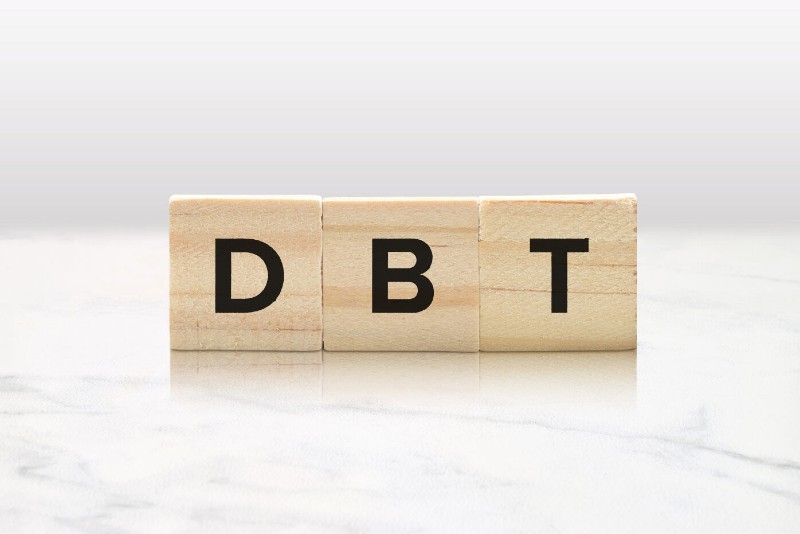The creator of dialectical behavior therapy (DBT), Dr. Marsha M. Linehan, once wrote that “It is hard to be happy without a life worth living. This is a fundamental tenet of DBT.” Now, while this statement may seem relatively straightforward on its face, it is, of course, as expected, much more complex under the surface.
Dr. Linehan continues, “Of course, all lives are worth living in reality. No life is not worth living. But what is important is that you experience your life as worth living – one that is satisfying, and one that brings happiness.” Again, focusing on the fundamentals, the ultimate goal of DBT is to help individuals better accept and understand their feelings so they can find their life’s worth.
What Exactly Is Dialectical Behavior Therapy?
The concept of DBT first evolved out of the psychological theories brought forth by cognitive-behavioral therapy (CBT). Dr. Linehan’s goal was to create a therapy based on CBT that would directly target suicidal individuals (specifically women at first).
According to a 2016 article by psychologist Dr. Alex Chapman in the journal, Psychiatry (Edgmont), “Linehan weaved into [her] treatment interventions designed to convey acceptance of the patient and to help the patient accept herself, her emotions, thoughts, the world, and others,” and “as such, DBT came to rest on a foundation of dialectical philosophy, whereby therapists strive to continually balance and synthesize acceptance and change-oriented strategies.” Perhaps, a helpful way to understand DBT is that it is a therapy derived from CBT, but it has a greater focus on acceptance and is for individuals whose emotional state is more fragile.
How Does Dialectical Behavior Therapy Work?
DBT is a talk therapy with a structure similar to CBT. However, DBT has a specific focus on four core techniques. These are mindfulness, interpersonal effectiveness, stress tolerance and management, and emotional regulation.
First, by focusing on mindfulness, an individual can learn to be present in all aspects of their lives. Next, by working on interpersonal effectiveness, a person can learn to communicate more clearly and express their needs more succinctly. Also critical to this learning to say no. Then, by learning to manage stress, an individual can “self-soothe” and navigate uncomfortable situations. Last, by learning to regulate emotions, a person creates the potential to better control their feelings and reduce their vulnerability in situations.
What Does Dialectical Behavior Therapy Treat?
Initially, DBT was created to specifically work with individuals that were suicidal and struggling with borderline personality disorder (BPD). However, DBT has been shown to treat many issues of mental health.
DBT therapists now work with individuals struggling with eating disorders, substance use disorders (SUDs), post-traumatic stress disorder (PTSD), and anxiety and depression. Ultimately, as previously mentioned, DBT can be particularly effective for individuals with mental health disorders that tend to feel exceptionally intense emotions.
What Are the Goals of Dialectical Behavior Therapy?
It is not too broad to say that the goal of DBT is to get an individual that is struggling to effectively function in their day-to-day lives to learn to comfortably manage to do so. Of course, the goals are much more succinct than that.
Yet, the primary goal of DBT lies in a concept that has already been discussed: acceptance. DBT aims to get an individual to learn to accept who they are so they can then begin to face the challenges and changes in their life more confidently.
This therapy also works to create coping mechanisms and teach skill development techniques so an individual can continue to grow after they have concluded their therapy. DBT is not just about acceptance, but it is also about “adjustments.” Being able to make these adjustments can be the difference between progress and regression in recovery.
What Are Its Benefits and Limitations?
The following are some, but not all, of the benefits that an individual can gain from DBT:
- For people struggling with SUD, DBT can reduce the want and feelings to use their desired substances
- It can reduce anxiety and depression
- DBT can help address the behaviors associated with eating disorders and disordered eating
- It can reduce the urge to self-harm
- DBT allows individuals to be in constant contact with their therapist
Now, the following are just a few of the limitations of DBT:
- It requires the individual to be fully engaged in the process, which includes doing work outside of the direct therapy sessions
- DBT requires individuals to interact in group therapy sessions
- It focuses primarily on the present moment and future goals, so for individuals that need to focus more on past events, it can fall short
At Galen Hope, we offer DBT as part of our recovery plans. However, we do not do so in an overarching way. We customize all of our recovery plans (some with DBT) to each individual that comes into our care. Because at Galen Hope, our goal is not just to focus on the treatment methods but on the people that they help.
THE ROAD TO WELLNESS STARTS BY SEEKING HELP. TODAY.
Built on the principles of assertive community treatment, Galen Hope is an eating disorder and mental health treatment center offering individualized treatment options that include Intensive Outpatient (IOP), supported housing, and Partial Hospitalization Programs (PHP). As a “Community of Integrated Wellness,” we pride ourselves in fostering a thoughtful and meaningful care experience that can guide our clients on their road to recovery and increased quality of life, regardless of diagnosis. Galen Hope currently offers separate, age-specific programming for adolescents ages 12-17 and adults 18 and up of all genders. To learn more or to join our community for integrated wellness, please contact us today at (888) 592-1817.
Belong. Heal. Grow.

